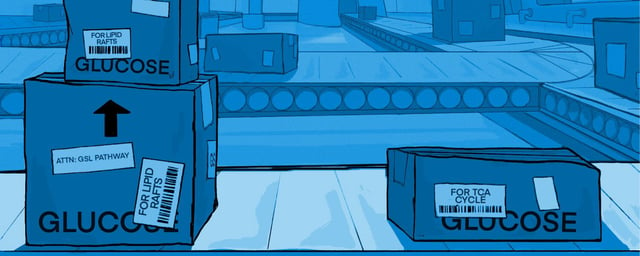Overview
- Van Andel Institute researchers demonstrated that T cells allocate a significant share of glucose to build glycosphingolipids instead of using it solely for energy production.
- Glycosphingolipids assemble into lipid rafts on the T cell surface, clustering signaling proteins responsible for initiating cancer cell destruction.
- Experiments showed that impairing glycosphingolipid production weakens T cell activation signals and reduces their ability to kill tumor cells.
- Published August 5 in Cell Metabolism, the study challenges the long-held belief that glucose’s primary role in T cells is ATP generation.
- Investigators are now exploring strategies to enhance glycosphingolipid biosynthesis as a way to boost the effectiveness of cancer immunotherapies.
